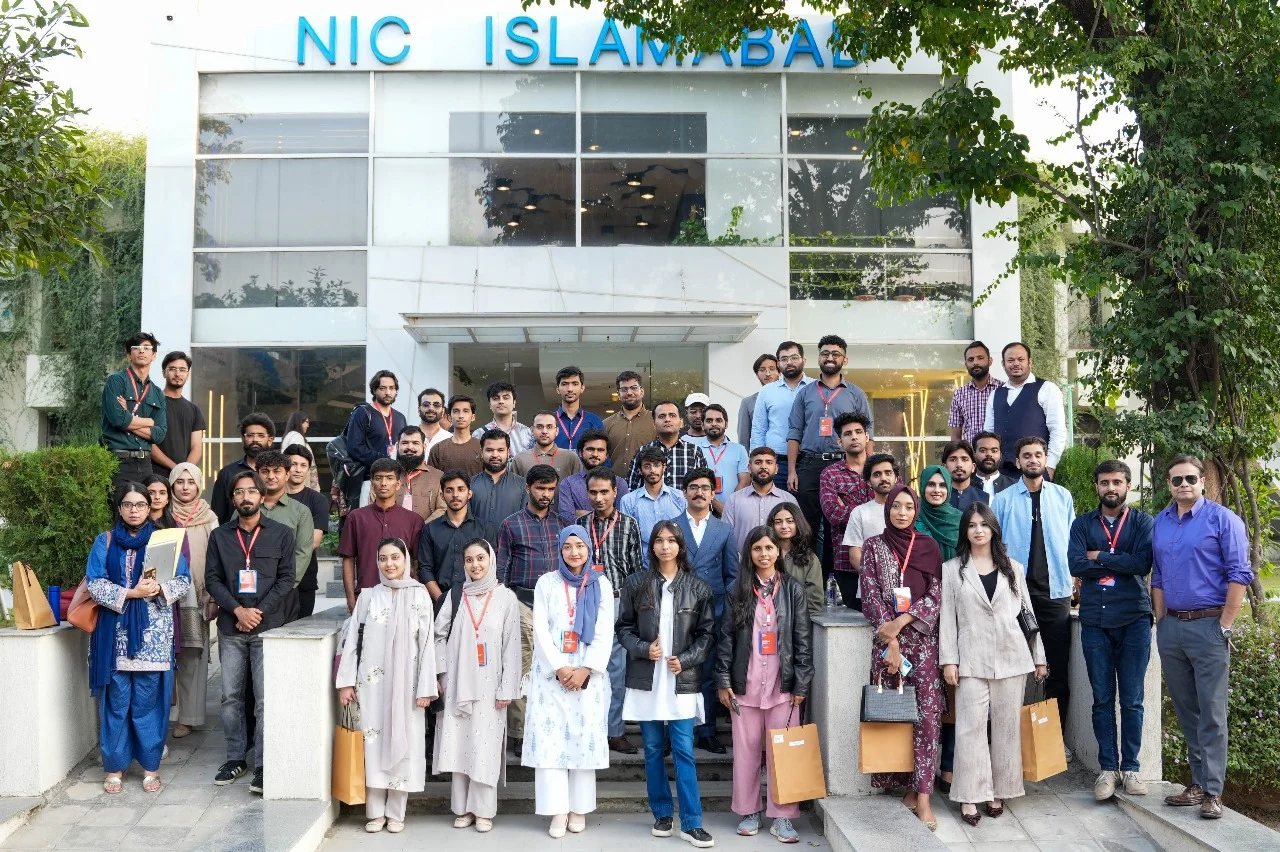Pakistan is quietly stepping into one of the most high-stakes industries of the 21st century semiconductors. Often called the “brains” of modern technology, semiconductors power everything from smartphones to satellites, and from AI models to elecPakistan is quietly stepping into one of the most high-stakes industries of the 21st century: semiconductors. Often called the “brains” of modern technology, semiconductors power everything from smartphones to satellites, and from AI models to electric vehicles. As global supply chains face disruptions and nations race to secure chip independence, Pakistan’s new National Semiconductor Plan signals an ambitious attempt to enter this trillion-dollar ecosystem.
The Vision: A National Leap Toward Tech Sovereignty
The Ministry of Information Technology and Telecommunication (MoITT) has rolled out a draft Semiconductor Policy & Action Plan, aiming to establish a full-fledged semiconductor ecosystem in Pakistan. This initiative seeks to reduce dependence on imports, promote local manufacturing, and nurture high-skilled talent in chip design and microelectronics.
At its core, the plan focuses on three pillars:
- Human Capital Development – building talent pipelines through Semiconductor Education & Research Clusters (SERCs).
- Infrastructure & Ecosystem Building – incentivizing local and foreign companies to set up chip design, testing, and assembly facilities.
- Innovation & Collaboration – driving academia–industry linkages to foster R&D and innovation.
For context on the infrastructure and incubation model the plan is aiming for, see Islamabad IT Park to Bring New Hope for Startups, which outlines how dedicated facilities and data-centre capacity can help scale tech businesses.
Incentives and Policy Highlights
To attract both domestic and foreign investment, the plan includes financial and structural incentives:
- National Semiconductor Fund (Rs 10 billion): Soft loans, grants, and venture capital for semiconductor startups.
- Tax Rebates: 25% rebate for employees and R&D staff working in the sector.
- Duty Exemptions: Waivers on import duties for equipment and raw materials used in semiconductor manufacturing.
- Soft Loans: Reduced interest financing with a 25% interest rebate.
- STZ Benefits: Companies established within Special Technology Zones receive tax holidays and infrastructure support.
These incentives echo Pakistan’s broader incentive push for advanced tech; read more in Pakistan Races to Accelerate AI: Government to offer Incentives to Drive Nationwide Integration and in the roundup of available funding programs in 2025 Startup Grants & Loans in Pakistan.
Education at the Core: Training the Next 1,000 Engineers
No semiconductor industry can thrive without skilled engineers. Pakistan plans to train 1,000 semiconductor engineers by 2030 through specialized Semiconductor Education & Research Clusters (SERCs). Public universities will host degree programs in VLSI design, chip architecture, and fabrication, alongside industry internships and joint R&D projects.
Early skills initiatives and academy models already active in Pakistan can help accelerate this effort — for example, see Google’s AI Academy, which demonstrates how global partners can rapidly build local capacity in advanced tech disciplines.
Building the Ecosystem: From Chip Design to Assembly
Pakistan’s semiconductor journey will likely begin with fabless chip design — where companies design ICs without owning fabrication plants — before moving into Assembly, Testing & Packaging (ATP) facilities. Strategically located, Pakistan could become a competitive ATP hub for South Asia, offering lower labor costs and access to neighboring markets.
For practical guidance on how startups and industry can position themselves to benefit from such national programs, explore relevant ecosystem resources and funding guides at Funding Opportunities for Social Entrepreneurs in Pakistan (2025).
Global Context: Why This Matters Now
The global semiconductor shortage during the COVID-19 pandemic exposed vulnerabilities in supply chains. Today, countries like India, Malaysia, Vietnam, and Indonesia are investing billions to attract chipmakers and reduce dependency on foreign suppliers. The global semiconductor market size is projected to grow significantly, increasing the urgency of national chip sovereignty efforts.
The national push ties into broader sector initiatives and innovation programs currently being promoted across Pakistan’s startup ecosystem; read more in A Deep Dive into Pakistan’s AI Policy 2025.
This ambitious initiative mirrors regional and international efforts, such as the India Semiconductor Mission and the U.S. CHIPS and Science Act, which aim to onshore manufacturing and secure critical supply chains.
The Challenges Ahead
Execution is the hard part. Key challenges include:
- High capital intensity: fabs cost billions and need ultra-clean environments, stable electricity, and water.
- IMF constraints: fiscal rules could limit the scope of subsidies and incentives.
- Talent retention: trained engineers may emigrate without strong local opportunities.
- Regulatory delays: coordination between MoITT, STZA, and universities is vital to maintain investor confidence.
Energy and infrastructure constraints are particularly important for fabs — see why power is central to tech scale-up in The Untold Opportunity in Pakistan’s 2,000 MW Energy Push for Startups.
Because fabs are capital-heavy, the practical route is to start with fabless design and R&D (low capex, high intellectual value) while progressively building assembly/test capabilities.
Who Stands to Benefit
- Tech startups: Chip design and embedded-systems companies can access grants and the National Semiconductor Fund.
- Universities: Public and private institutions can become R&D partners and talent incubators.
- Investors: VCs and hardware accelerators can enter a new, high-growth vertical.
- Students & Engineers: Scholarships, training, and global research collaborations will open up.
- Manufacturers: Electronics, automotive, and energy firms can localize components and lower import bills.
To understand available grants, loans and how startups can apply, consult the guide at 2025 Startup Grants & Loans in Pakistan.
The Road Ahead
Pakistan’s National Semiconductor Plan represents a strategic pivot from digital services to deep-tech. If planned and implemented transparently — with a steps-first approach (skills → fabless design → ATP) — the policy can lay the foundation for a regional chip innovation hub by 2035.
For readers tracking how policy, training, energy, and funding intersect across Pakistan’s tech roadmap, these ecosystem resources and policy analyses remain useful: Pakistan Races to Accelerate AI, Google’s AI Academy, and The Untold Opportunity in Pakistan’s 2,000 MW Energy Push for Startups.
If you’d like, I can also produce: (a) a version with outbound authority links added (World Bank, CHIPS Act context, Vision 2030 pages), and (b) a WordPress-ready HTML snippet that includes meta title, meta description, and schema markup for better indexing. Which would you prefer?
FAQ
It’s a draft plan to build a local ecosystem for chip design, testing, and manufacturing, while training engineers and offering tax incentives.
Semiconductors are power everything from phones to defense systems. The policy aims to reduce import dependency and create skilled local talent.
Startups, tech companies, universities, and investors interested in chip design and electronics manufacturing will benefit the most.
Tax breaks, import duty exemptions, access to the ₨10 billion Semiconductor Fund, and benefits under Special Technology Zones.



